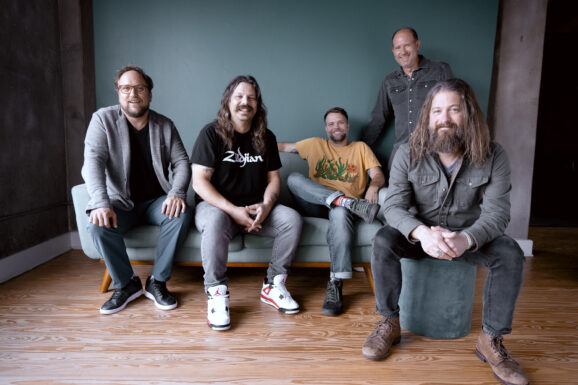There’s something undeniably magnetic about the past. From analog textures in vinyl records to the glow of neon arcades, nostalgia has resurfaced as a powerful force across pop culture. In particular, two creative worlds—music and digital gaming—are experiencing a retro revival, driven by a shared craving for authenticity, aesthetic richness, and emotional familiarity.
Whether you’re diving into a classic funk playlist or spinning the reels on a slot game designed to mimic 1980s arcade cabinets, the retro wave is everywhere. Platforms like High Roller’s online real money casino games and slots are tapping into this trend by combining vintage design with modern social gaming mechanics, creating an entertainment experience that resonates with both music lovers and casual gamers.
Classic Sound, Modern Reach
Vinyl sales are at a 30-year high. Cassette tapes are back in limited releases. Artists like Dua Lipa and The Weeknd are channeling ’70s disco and ’80s synth-pop to craft chart-topping hits. For younger audiences raised in a hyper-digital world, classic sounds offer something tangible and emotionally rich. For older listeners, they’re a portal to meaningful memories.
That emotional connection is more than a feel-good moment—it’s a foundation for new media experiences. When vintage music meets gaming, it doesn’t just set a vibe; it becomes an active part of how users engage with entertainment.
Retro-Inspired Games Are Booming
The gaming industry has taken notes from the cultural popularity of vintage music and aesthetics. From pixel art and neon palettes to soundtracks that nod to Motown, jazz lounges, or synthwave, games are no longer just about visuals—they’re about evoking an era.
Social casinos and casual games in particular have embraced this concept. Slot games now feature retro radio themes, disco-inspired bonus rounds, and visuals that resemble classic jukeboxes. The design is meant to be immersive—not just to mimic the past, but to recreate the emotion tied to it.
According to Deloitte’s 2025 Digital Media Trends Survey, emotional engagement has become a primary driver of media consumption. Users are seeking content and platforms that deliver more than distraction—they want connection, tone, and storytelling. Retro-styled games, when combined with music-driven experiences, meet all three needs.
Music’s Role in Game Design
Audio has always played a role in gaming, but now it’s central to design. The right track can elevate a digital space into something ambient, thematic, or deeply nostalgic. Lounge jazz might relax players during gameplay, while funky basslines energize bonus rounds. This isn’t random—developers are scoring their games like directors score a film.
The benefit? Music-driven emotional cues keep users engaged longer, boost repeat play, and create a more satisfying overall experience. It’s not uncommon for social gaming fans to say they stay on a particular game just because they “like the vibe”—and the soundtrack is usually the biggest part of that.
Merging Leisure and Culture
Today’s digital entertainment consumers aren’t just gamers or music fans—they’re experience seekers. They’re curating playlists for every moment of the day, and they’re looking for games that match those moods. That’s why so many platforms are blending cultural aesthetics—vintage design, lo-fi beats, and arcade nostalgia—with lightweight, rewarding gameplay.
This merging of play and culture is especially appealing in the current media landscape, where users hop from music streaming to mobile games to podcast listening within the same hour. Experiences that blend those mediums—like music-infused social casino games—fit neatly into modern content habits.
Not Just a Trend, But a Movement
The retro revival isn’t about recreating the past—it’s about reimagining it. It brings forward the best of what people remember: sound, color, feeling, and rhythm. From high-fidelity jazz samples to animated reels modeled after analog machines, it all points to a consumer preference for meaningful, mood-driven entertainment.
As both industries continue to evolve, expect the lines between them to blur even further. The playlist you create today could set the tone for the game you play tomorrow. And the vintage visuals on your screen may be just the start of an immersive soundtrack designed to take you back while keeping you fully present.








